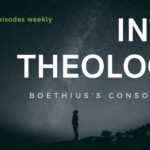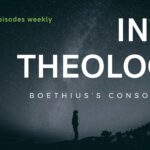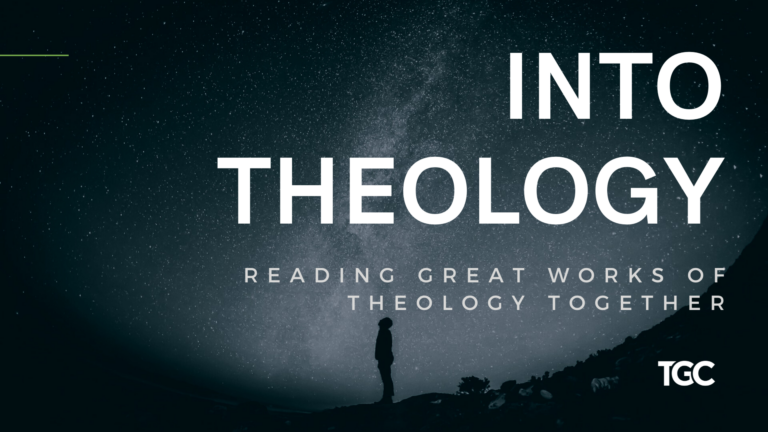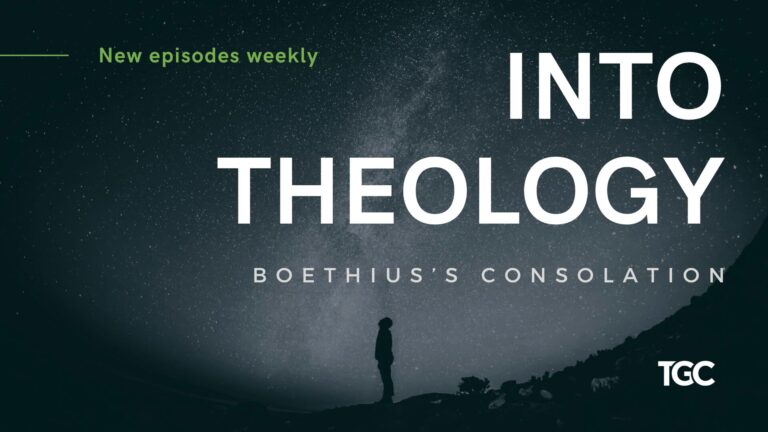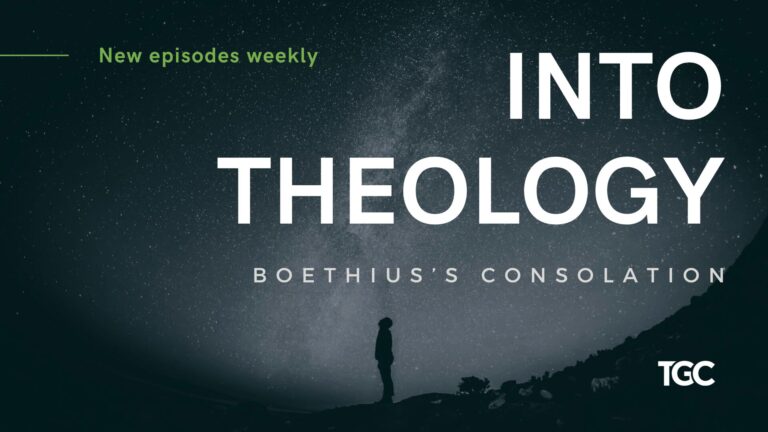What makes Christianity unique is our insistence that the Word of God from the Father “became flesh” (John 1:14). As Jesus says, “I have come down from heaven” (John 6:38).
But this biblical teaching leads us to ask questions such as, How did Jesus come from heaven if he was born of a virgin on earth? How did the Word become flesh” (John 1:14)? Did he exist as the eternal Word and as a man named Jesus?
On reflection, the unique and beautiful truth that God the Son became flesh to redeem our fallen flesh requires careful consideration, so that we can be sure we are worshipping him in “Spirit and truth” (John 4:24).
This short FAQ article then aims to help you work out the questions you may have about what it means for the Word of God the Father to become flesh (John 1:14).
Who was born of a woman?
The eternal Son of the Father, the One Lord Jesus Christ, true God from true God—this same one was born of the virgin Mary and suffered under Pontius Pilate.
Did the Lord exist before he was born?
Yes, because the Son of God has eternally been the Son of the Father, eternally begotten before all time (e.g., John 1:1–2, 18; 3:16, etc.).
So he was born twice?
In a manner of speaking, yes, because the Son is eternally begotten of the Father before all time (i.e, eternally) and was “born of a woman” at “the fullness of time” (Gal 4:4).
What was born of a woman?
The one Lord Jesus Christ, begotten before all time from the Father, was born of a woman at the fullness of time. More specifically, the flesh that the Word made his very own was formed in Mary’s womb.
How did the Word become flesh?
Cyril of Alexandria writes, “the Emmanuel is from two realities, that is of Godhead and manhood. Indeed the One Lord Jesus Christ who is the one true Son, is at once God and man” (“Letter to Egyptian Monks”). In this way, Jesus is Emmanuel, which means “God with us” (Matt 1:23).
But how?
By a hypostatic union from both natures (Cyril) or subsisting in both natures (Leo). The word hypostasis refers to the concrete reality that Christ is. The natures here refer to his Godhead and manhood. Christ is one hypostasis from two natures or subsisting in two natures.
And Nestorius?
Nestorius taught a prosopic union from two prosopa, but he denied a hypostatic, physic, or ousia union. His union was one of will or dignity and prosopon. For Nestorius, prosopon (usually translated as “person”) meant the external characteristics of a being. He believed every nature had its own hypostasis and prosopon. So he claimed that out of two prospopa (persons), Christ united in one prosopon (see his Bazaar of Heracleides).
Is this bad?
Nestorius’s prosopic union from two prosopa did not explain the unity of the One Lord Jesus Christ satisfactorily because it implied a division in the One Lord Jesus Christ. It also did not explain how the Word sanctified the flesh for our sake. Largely, Nestorius used the same word (prosopon) to explain what was two and one in Christ; thus, by his wording, he confused many.
Should you care?
Yes, because what the Word did not assume, he could not heal (Gregory of Nazianzus). And following Irenaeus and Athanasius, the Word came to save us by taking flesh to himself. Without the Word making flesh “his very own” (Cyril), we cannot say that God the Son died on the cross for us or rose for us. Emmanuel came to save us precisely by becoming flesh (John 1:14).
So what should we say instead?
We should speak about the hypostatic or personal union of Christ’s two natures instead. We can speak of this union “out of two natures” like Cyril did to emphasize the unity of Christ or say “subsisting in two natures” as Leo I did and the Chalcedonian Creed does. Both ways of speaking are acceptable (see Anathema 8 of Constantinople II [553 AD]).
Does “out of two natures” mean Christ turns into a third thing?
No, because the one hypostasis of the Word is the only hypostasis or person of the natures. There is no other person than the Word of God who is both God and man.
What about Apollinarius?
Apollinarius argued that the Word of God became the mind of the man assumed in the Incarnation, thus mixing the two natures of Christ. He made the opposite of error of Nestorius who too readily divided the two natures.
How can we speak of Christ’s union without dividing or mixing the two natures?
Cyril writes, “we unite the Word of God the Father to the holy flesh endowed with a rational soul, in an ineffable way that transcends understanding, without confusion, without change, and without alteration, and we therefore confess One Son, and Christ, and Lord; the same one God and man not someone alongside someone different, but one and the same who is and is known to be both things” (First Letter of Cyril to Succensus).
About fifteen years later, the Council of Chalcedon (451) would follow Cyril in using these three qualifications—without confusion, without change, and without alteration—but would then add “without division” to reinforce the point.
Isn’t this too complicated?
Yes, it is. The reason why we need to say something more than the one Lord Christ was born of woman, lived, died, and rose for our salvation is because of sneaky theology. Certain theologians said they believed this basic teaching of the Bible but added qualifications like Nestorius or Apollinarius did.
At this point, orthodox Christians needed to respond to this unsound teaching and sometimes show in complex ways how, for example, arguing that the mind of the Logos was the mind of the man assumed broke the logic of Scripture, meant we worshipped a third thing, and prevented the Word from healing our human mind since he had not assumed one.
Apollinarius, through his own complex theory of Christ’s union, sounded very orthodox and was convincing until orthodox Christians responded by detailing how Apollinarius’s view of Christ missed the mark. The same thing held true for Nestorius and many other thinkers besides.
God calls us to be “prepared to make a defense to anyone who asks you for a reason for the hope that is in you” (1 Pet 3:15). That sometimes means understanding and responding to complex attacks on the unity of the One Lord Jesus Christ, true God from true God, who for us and for our salvation was born of the virgin Mary and suffered under Pontius Pilate.
Image: Josep Renalias, CC BY-SA 3.0 <https://creativecommons.org/licenses/by-sa/3.0>, via Wikimedia Commons








